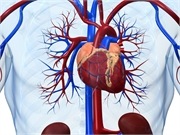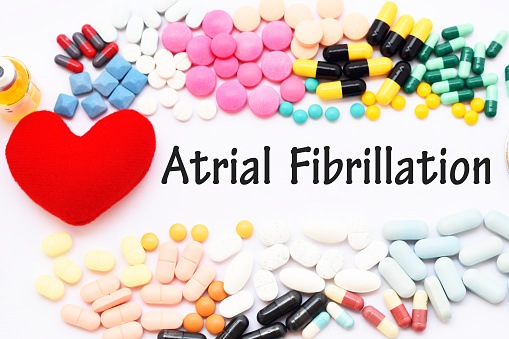
Research from the American Heart Association’s Scientific Sessions 2021 suggests that eating higher amounts of red meat, processed red meat, and non-dairy animal fat increase the risk of having a stroke, while a diet consisting of more vegetable fat or polyunsaturated fat lowers stroke risk.
According to Fenglei Wang, PhD, lead author of the study at Harvard’s T.H. Chan School of Public Health in Boston, “findings indicate the type of fat and different food sources of fat are more important than the total amount of dietary fat in the prevention of cardiovascular disease including stroke”
Investigators analyzed 117,136 participants in the Nurses’ Health Study (1984-2016), and Health Professionals Follow-up Study (1986-2016). At baseline, and at every four years, participants completed questionnaires that were used to calculate the amount, source, and types of fat in their diets over the previous year. Researchers used the cumulative average of the dietary data over time to reflect long-term dietary intake.
During the study, 6,189 participants had strokes. In the highest quintile of non-dairy animal fat intake, participants were 16% more likely to experience a stroke than in the lowest quintile. Participants who ate the most vegetable fat and the most polyunsaturated fat were 12% less likely to experience a stroke compared to those who ate the least. Diets including one more serving of red meat every day had an 8% higher risk of stroke, and those including one more serving of processed red meat had a 12% higher risk of stroke. Dairy fat in products, such as cheese, butter, milk, ice cream, and cream was not associated with a higher risk of stroke.
Authors recommended that the general public reduce consumption of red and processed meat, avoid eating fatty parts of unprocessed meat, and replace lard or beef fat with non-tropical vegetable oils while cooking in order to lower their stroke risk.







 © 2025 Mashup Media, LLC, a Formedics Property. All Rights Reserved.
© 2025 Mashup Media, LLC, a Formedics Property. All Rights Reserved.